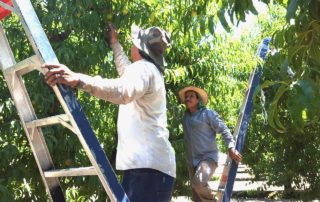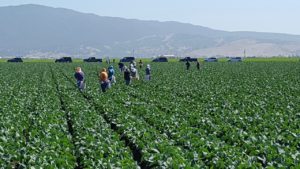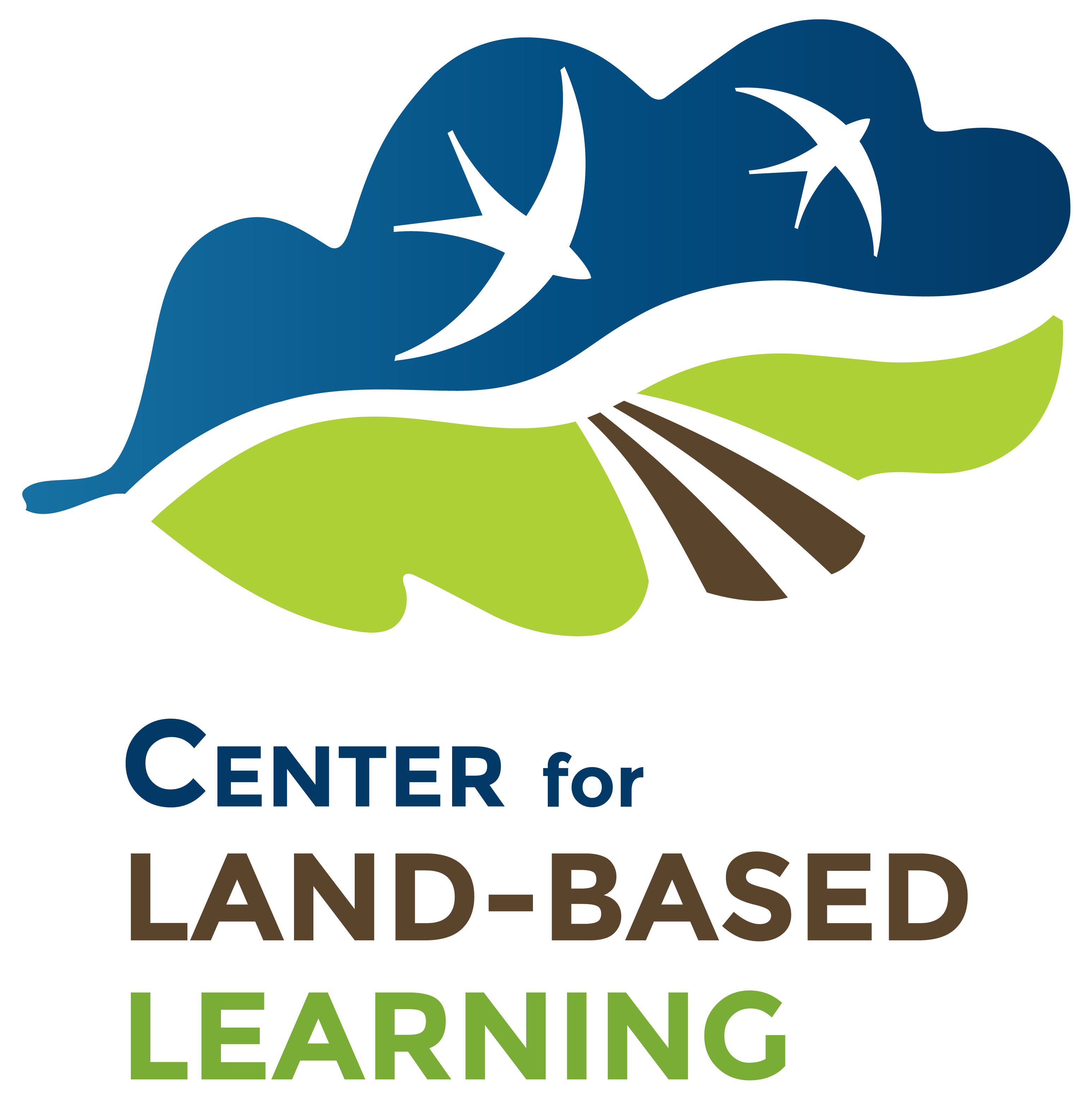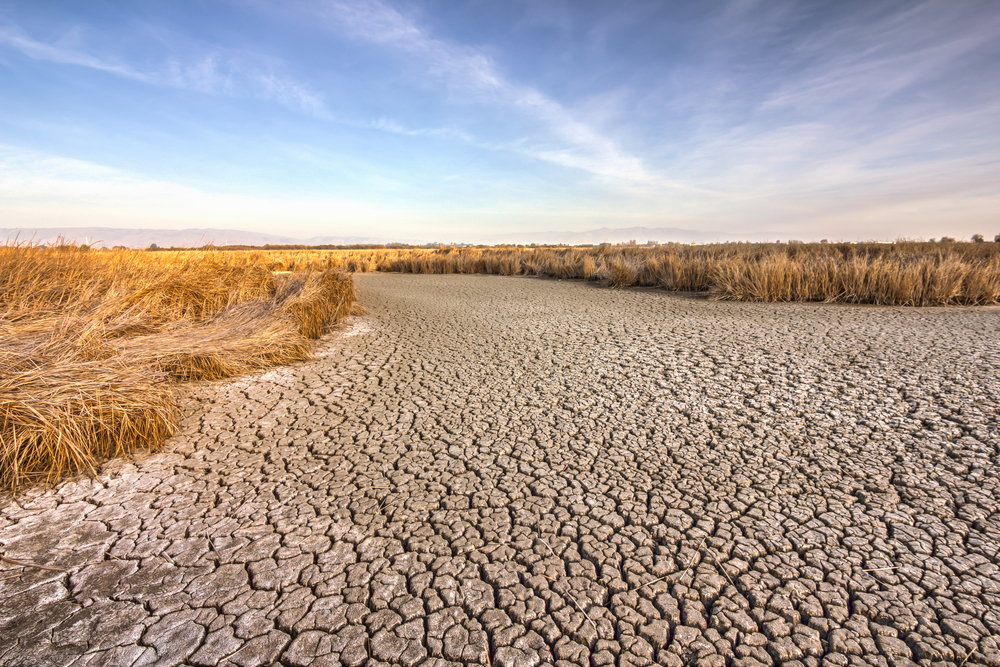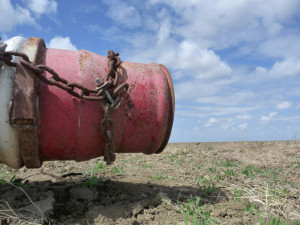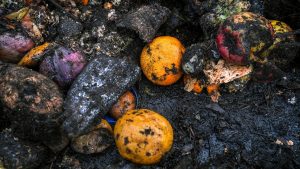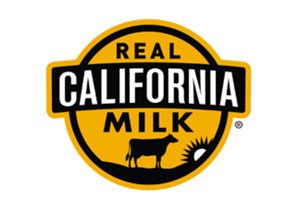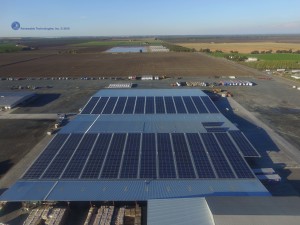Big Grant for Dairy’s Net Zero Initiative
Dairy’s Net Zero Initiative Gets Boost with $10 million Research Grant
The Foundation for Food & Agriculture Research has awarded a $10 million grant to support U.S. dairy’s Net Zero Initiative as a critical on-farm pathway to advance the industrywide 2050 Environmental Stewardship Goals set through the Innovation Center for U.S. Dairy.
In California, UC Davis and UC Agriculture and Natural Resources scientists will collaborate on the nationwide project addressing carbon sequestration, soil health and nitrogen management.
“The Foundation for Food and Agricultural Research grant in partnership with Soil Health Institute and Dairy Research Institute are funding research that will positively impact the future of animal and plant agriculture in a world with increasingly limited natural resources,” said Deanne Meyer, UC Cooperative Extension specialist based at UC Davis, who studies livestock waste management.
Working with California dairy forage and almond producers, UC Cooperative Extension scientists and technicians will evaluate and demonstrate the impacts of using manure products as fertilizer in combination with more traditional soil conservation practices.
“With this research, there’s a potential to expand the use of dairy manure products beyond forage crops to crops such as almonds,” said Nick Clark, UC Cooperative Extension farm advisor for Fresno and Tulare counties. “We expect results to demonstrate that groundwater quality and quantity can be protected and preserved, and crop yields can be maintained without increasing net greenhouse gas emissions from crop production.”
Clark added, “We look forward to working with our local producers and connecting with our national partners and collaborators to examine and demonstrate the best practical solutions that science has to offer for farming in tomorrow’s world.”
California dairy operators who would like to participate in the experiment may contact Clark for more information at neclark@ucanr.edu.
Data from the “Dairy Soil & Water Regeneration: Building soil health to reduce greenhouse gases, improve water quality and enable new economic benefits” project will be broadly shared among the dairy community. The six-year project will provide measurement-based assessments of dairy’s greenhouse gas footprint for feed production. It will also set the stage for new market opportunities related to carbon, water quality and soil health.
“Addressing the U.S. dairy industry’s emissions is a critical solution to climate change,” said FFAR Executive Director Sally Rockey. “I know dairy farmers are working hard to decrease their environmental footprint and I’m thrilled to support their efforts by advancing research needed to adopt climate-smart practices on dairy farms across the country.”
Through foundational science, on-farm pilots and development of new product markets, the Net Zero Initiative aims to knock down barriers and create incentives for farmers that will lead to economic viability and positive environmental impact.
“After six years, we will have data that accurately reflect our farms’ greenhouse gas footprint for dairy crop rotations with consideration for soil health management practices and new manure-based products,” said Jim Wallace, Dairy Management Inc. senior vice president of environmental research. “We expect to develop critical insights that link soil health outcomes, such as carbon sequestration, with practice and technology adoption. This will provide important background information to support the development of new carbon and water quality markets.”
The project will be executed across four dairy regions responsible for about 80% of U.S. milk production: Northeast, Lakes, Mountain and Pacific. In addition to UC Agriculture and Natural Resources and UC Davis, collaborators include the Soil Health Institute and leading dairy research institutions, including Cornell University, Texas A&M AgriLife Research, University of Wisconsin-Madison, University of Wisconsin-Platteville, University of Vermont, and U.S. Department of Agriculture’s Agricultural Research Service (USDA ARS) Northwest Irrigation and Soils Research in Idaho.
Dozens of dairies representing climates and soils of these major production regions will participate in a baseline survey of soil health and carbon storage. Additionally, eight farms, including five operating dairies, two university research dairies and one USDA ARS research farm, will participate in the project. These pilots will be used to engage farmers in soil health management practices and monitor changes in greenhouse gas emissions, soil carbon storage, soil health and water quality.
The FFAR grant will be matched by financial contributions from Net Zero Initiative partners such as Nestlé, the dairy industry, including Newtrient, and in-kind support for a total of $23.2 million. The funds will be managed by the Dairy Research Institute, a 501(c)(3) non-profit entity founded and staffed by Dairy Management Inc., whose scientists will serve as the project leads to address research gaps in feed production and manure-based fertilizers.
About the partners
FFAR builds public-private partnerships to support bold science that fills critical research gaps. Working with partners across the private and public sectors, FFAR identifies
NZI is an industrywide effort led by six national dairy organizations: Dairy Management Inc., Innovation Center for U.S. Dairy, International Dairy Foods Association, Newtrient, National Milk Producers Federation and the U.S. Dairy Export Council. This collaboration represents a critical pathway on U.S. dairy’s sustainability journey.
For more information about dairy sustainability, visit www.usdairy.com/
UC Agriculture and Natural Resources brings the power of UC to all 58 California counties. Through research and Cooperative Extension in agriculture, natural resources, nutrition, economic and youth development, our mission is to improve the lives of all Californians. Learn more at ucanr.edu and support our work at donate.ucanr.edu.


